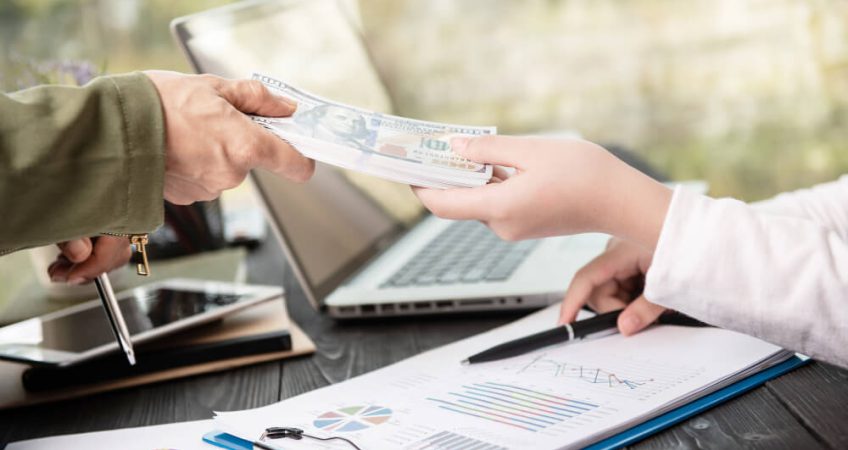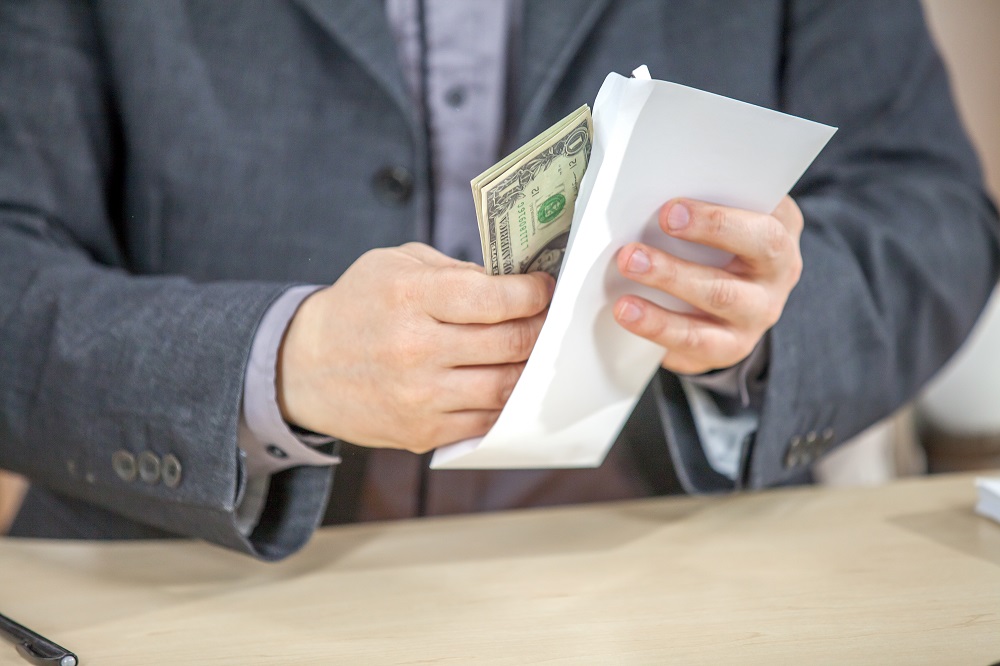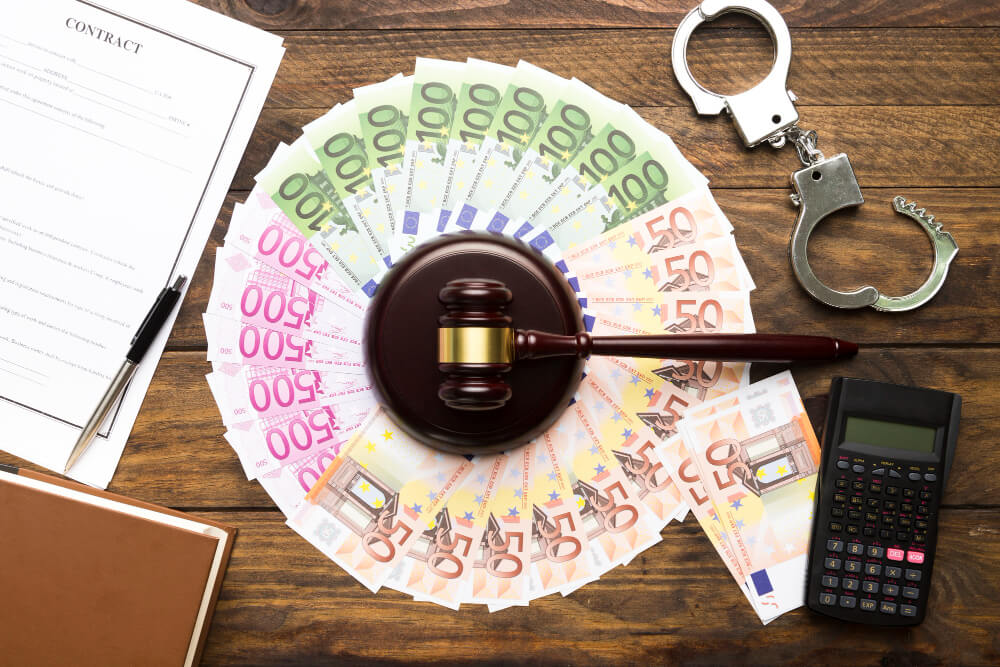
Legal Proceedings For Debt Recovery
In our life, the borrowing, lending of money and assets frequently occur in various forms, ranging from small personal loans and consumer credit to substantial credit agreements and enterprises loans with banks. Consequently, debts arise when the borrower fails to repay on time or becomes insolvent, making the resolution and recovery of such debts a sensitive and challenging matter, irrespective of whether the lender is an individual or an enterprise. Therefore, many lenders, instead of negotiating and settling, turn to legal proceedings for debt recovery as a lawful means to safeguard their legitimate rights and interests. Through this article, we shall explore legal proceedings for debt recovery, as well as the judicial process and Court judgments in resolving debt recovery cases.
1) Legal proceedings for debt recovery
a. Right to initiate debt recovery litigation
Pursuant to Article 186 of the Civil Procedure Code 2015 (“CPC 2015”): “Agencies, organisations, and individuals have the right to initiate a lawsuit (hereinafter collectively referred to as the plaintiff) at a competent court, either by themselves or through a legally authorised representative, to request the protection of their legitimate rights and interests”. Thus, if the borrower fails to repay or does not fully repay the loan, the lender has the right to initiate litigation to recover the debt from the borrower.

b. Statute of limitations for legal proceedings for debt recovery
The statute of limitations for initiating a litigation requesting the Court to resolve disputes concerning contracts in general, and loan contracts in particular, is three years from the date when the entitled party knows or should have known that their legitimate rights and interests were infringed. In accordance with the law, the court will still accept the debt recovery lawsuit even if the statute of limitations has expired. However, if the defendant requests the Court to apply the statute of limitations before the Court issues a judgment or decision on the case, the Court must dismiss the debt recovery lawsuit. Therefore, lenders need to be mindful of the statute of limitations to ensure their rights are protected.
c) Formality and contents of the debt recovery petition
In principle, the Court shall only process a civil case when there is a petition from the plaintiff and will only address matters within the scope of that petition. Therefore, a debt recovery petition must comply with the prescribed form and content requirements to be accepted and resolved by the Court.
Agencies, organisations, and individuals may draft the petition by themselves (for agencies and organisations, this would be done through their legally authorised representatives) or have others draft it on their behalf but they must directly sign or affix their fingerprint to the petition, except for certain exceptions such as minors, individuals who have lost civil capacity, those with cognitive or behavioural difficulties, illiterate individuals, visually impaired individuals, or those who are otherwise unable to draft the petition or those who are unable to sign or affix their fingerprint the petition themselves.
Regarding content, the petition must include all necessary contents and documents, evidence proving that the legitimate rights, interests of the plaintiff have been infringed, as stipulated in Article 189 of the CPC 2015.
d) Procedures for receiving and processing petitions
The petition can be submitted directly, by post, or online. Upon receiving the petition, the court will proceed with different procedures depending on the method of submission. Within 3 and 5 working days, respectively, the Chief Justice will assign a Judge to review the petition, and the Judge will make one of the following decisions:
- Request for amendment, supplementation to the petition;
- Accepting the case for resolving according to the normal proceeding or the simplified proceeding (if the case is ellegible);
- Transfer the petition to the competent Court and notify the plaintiff if the case falls under the jurisdiction of another Court;
- Return the petition to the plaintiff if the case does not fall under the Court’s jurisdiction;
e) Cases when debt recovery petitions are returned
The Court shall return the debt recovery petition in the following cases:
- The petitioner does not have the right to petition for debt recovery (or is not authorised to carry out debt recovery procedures).
- The debt has not yet reached its due date, but the lender has petitioned to recover the debt.
- The petitioner failed to make amendment, supplementation to the petition as requested by the Court.
- The case had been resolved by a legally effective judgement, decision of the Court or a legally effective judgement of competent State authorites.
- The petitioner failed to pay the advance court fee or failed to submit the receipt of advance court fee payment to the Court within the prescribed time limit.
- Other cases when petitions must be returned as stipulated under clause 1 Article 192 of the CPC 2015
2. Litigation procedures and Court’s judgement in relation with the debt recovery
a. Trial preparation
For civil disputes such as debt recovery, the preparation time for trial is 4 months, which can be extended for a maximum of 2 additional months if the case is complex or due to force majeure events.
During the trial preparation, the Judge shall conduct the following procedure to resolve the case:
- Prepare a case file according to the provisions of Article 198 of CPC 2015;
- Determining the status of litigants and other participants in proceedings;
- Determining the relationship in dispute between the litigants and the provisions of law to be applied;
- Clarifying the objective details of the case;
- Verifying, collecting evidence under the provisions of the CPC 2015;
- Apply temporary emergency measures;
- Organising the meeting to examine the handover, access, disclosure of evidence and mediation according to the provisions of the CPC 2015, except for cases where the case is resolved under simplified proceeding;
- Carrying out others tasks, obligations in accordance with the CPC 2015.
During the trial preparation, depending on each case , the Judge shall issue one of the following decision::
- Acknowledging the settlement of the litigant, if the litigants fully settled the contents of the case;
- Temporarily suspend the resolution of the civil case;
- Suspend the resolution of the civil case;
- Bringing the case to trial.
b. The meeting to examine the handover, access, disclosure of evidence and mediation
During the trial preparation stage, the Judge will issue a decision to conduct a meeting to examine the handover, access, and disclosure of evidence and mediation. At this meeting, the litigants will be able to access all documents and evidence submitted to the court by both parties, as well as the documents and evidence collected and verified by the Court. Subsequently, the litigants will negotiate to resolve issues in the case, such as the outstanding debt amount and the method of repayment. If the litigants reach an agreement to settle the entire debt, the Judge will prepare a minutes of successful mediation, in case none of the litigants change their opinion within 7 days from the minutes issuing date, the Judge will issue a decision recognising the settlement of the litigants.
This decision shall be effective immediately after issuance and is not subject to appeal according to appellate procedures.

c. First Instance Trial
If the mediation session does not result in a settlement between the litigants, the Judge will decide to bring the case to trial. Within one month from the date of the decision to bring the case to trial, the Court must hold the trial; if there are valid reasons, this period can be extended to two months. The first instance trial will be conducted publicly.
Before the commencement of the first-instance trial, the court clerk will announce the court rules and check the attendance of the litigants involved. Then, the presiding judge will open the trial, informing the litigants and other participants of their rights and obligations. Following the opening procedures, the trial will proceed to the argument phase, which includes the questioning and debate processes. The parties will engage in arguments under the direction of the presiding judge.
After the litigants made their arguments, rebuttals then the Procurator shall present their opinions on the compliance with the law and provide their views on the resolution of the case.
At the conclusion of the argument phase, the Trial panel will deliberate and pronounce the judegement after the deliberation process.
The first-instance judgment can be appealed by the litigants or by the Procuracy of the same level or of a higher level. Litigants have the right to appeal the first-instance judgment within 15 days from the date of the judegement if any party was not present at the trial or absent during the pronouncement of the judgment without a valid reason, the time limit for appealing is calculated from the date they receive the judgment or the date the judgment is posted.
Above is a detailed analysis and explanation of Legal proceedings for debt recovery that Phuoc and Partners shared with readers. If you encounter any difficulties related to the legal field, please contact us. Phuoc and Partners is a law firm established in Vietnam and currently has nearly 100 members working in three offices in Ho Chi Minh City, Hanoi and Da Nang. Phuoc and Partners is also considered as one of the leading law firms with leading specialised legal staff in Vietnam practice areas are rated top in the legal market such as Labour and Employment, Taxation, Mergers and Acquisitions, Litigation. We are confident to be one of the Law Firms providing the best legal services to our clients.

